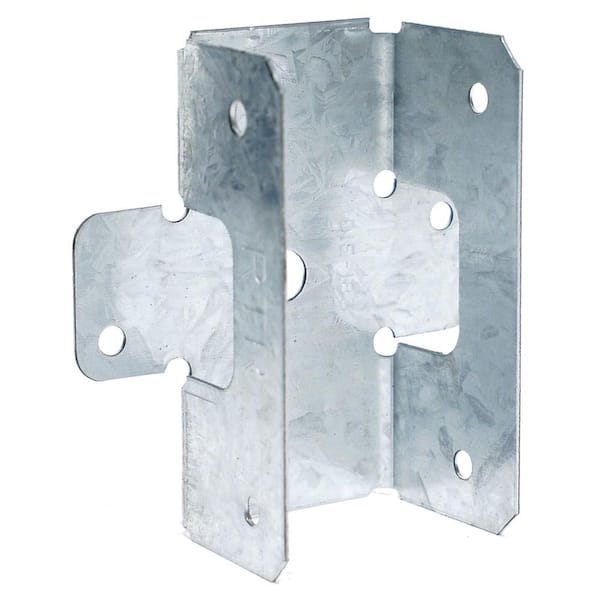
RTR 20-Gauge Rigid Tie Connector for 2x Nominal Lumber
$2.38
- G90 galvanized coating resists corrosion
- Use for fences, railings, and furniture
- 20-gauge steel offers reliable strength
- View More Details
Free & Easy Returns In Store or Online
Return this item within 90 days of purchase.























